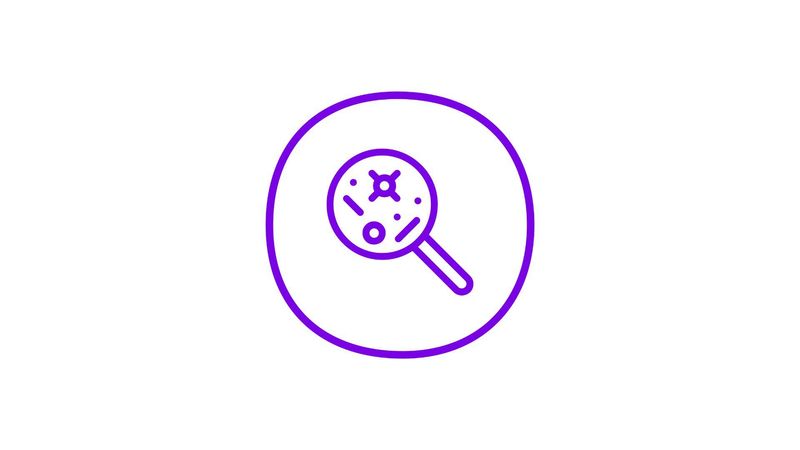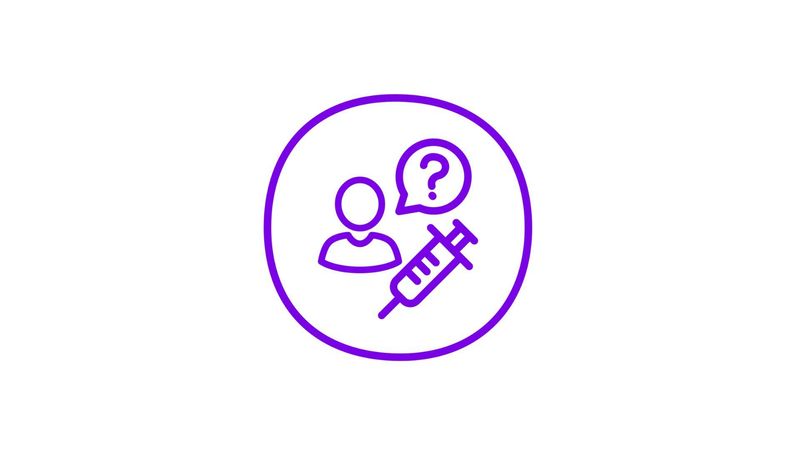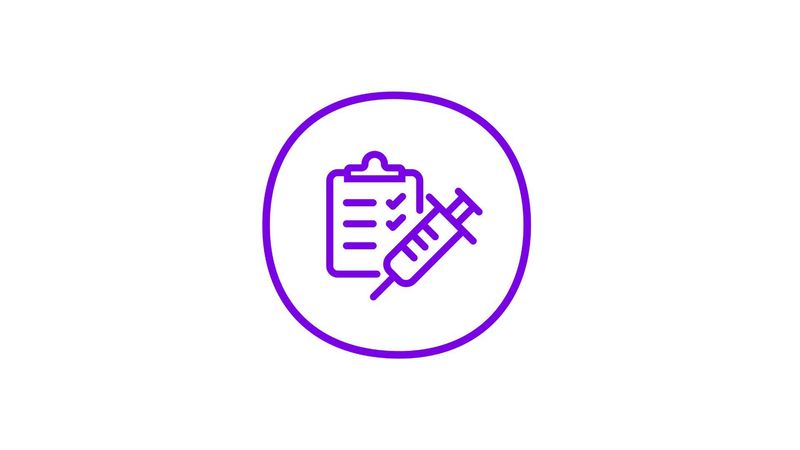AI Across the R&D Value Chain: Drug Discovery

Imagine a world where there is the potential for diseases once thought incurable to be manageable, where treatments are tailored to your unique biology, and where life-saving drugs reach patients in record time: welcome to the AI revolution in drug discovery and development.
Part 1 of 4: AI in Drug Discovery
Biology has entered a new era—one where artificial intelligence is not just accelerating discovery but reshaping our understanding of how we treat and prevent disease. At Sanofi, we are embedding AI to supercharge every stage of our R&D efforts. This tech-powered approach to looking at human health holds the potential to change the future of care across multiple disease areas and help get more effective options to patients sooner. In this first installment of our four-part series on AI across the R&D Value Chain, we're looking at how AI is helping scientists rewrite the rules of discovery in the world of biologics and vaccines.
The Biologics Revolution: From Intuition to Intelligence
Picture molecules that could outsmart cancer, trick the immune system, or repair faulty genes. That's the promise of biologics. But discovering these molecules has traditionally been likened to finding a needle in a haystack—if the haystack were larger than the universe.
Enter AI, the game-changer that's turning this hunt into a precision operation.
We're not just accelerating discovery. We're reimagining how we understand and combat disease at its core.
Maria Wendt
Global Head of Preclinical Computational Innovation Strategy
A Giant Leap Forward
AI is revolutionizing the strides we are making in bringing the promise of biologics to patients: their discovery, design and development is becoming faster, more precise, and more ambitious.
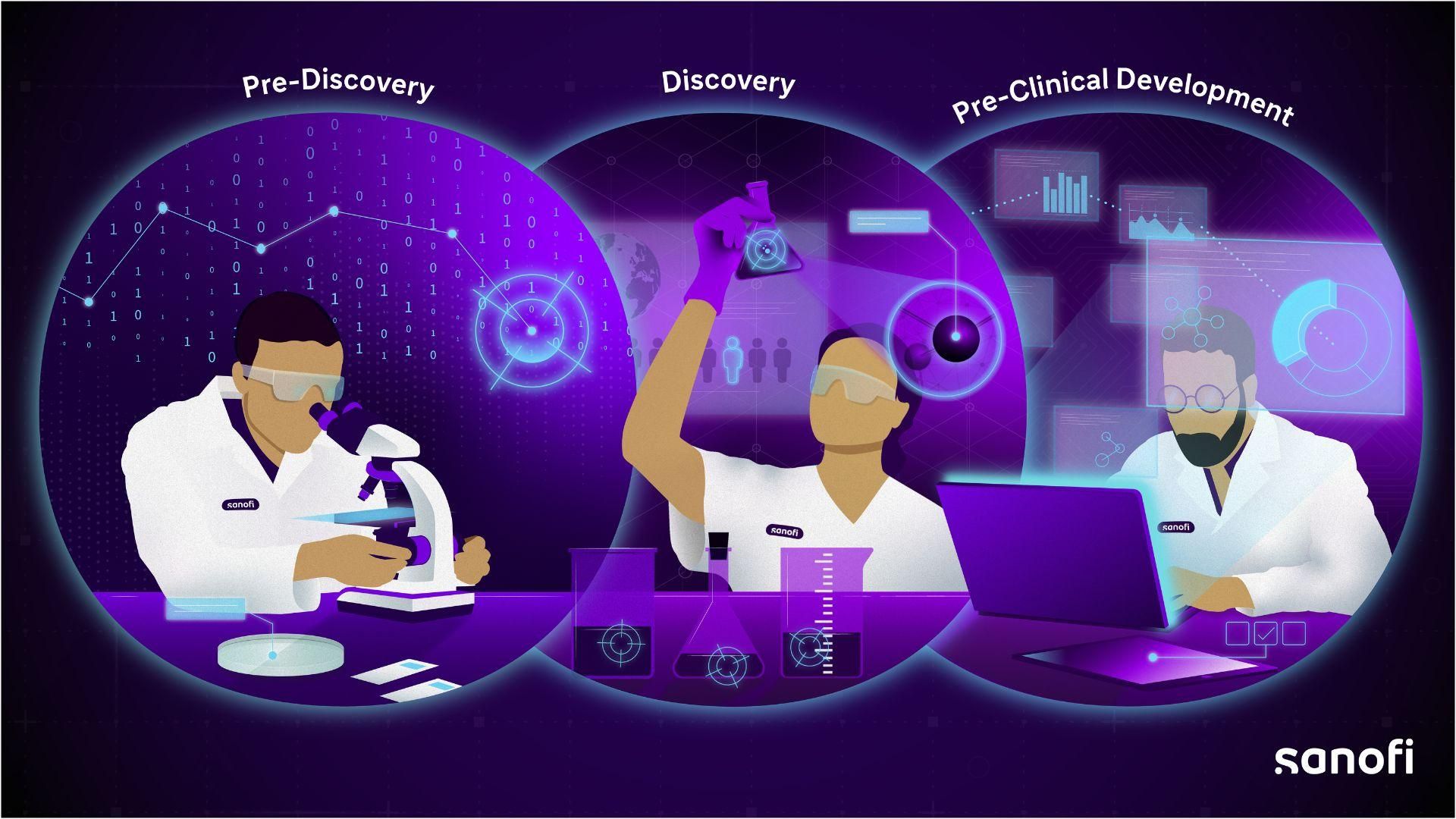
The three stages of early drug development, pre-discovery, discovery and pre-clinical development, demonstrating the work involved at each stage to design a new drug candidate.
Sanofi is the first pharma company to have trispecific—or triple-targeting—antibodies for both HIV and cancer in the clinic. Combining three different antibodies into a single molecule that can act on three targets in one or more of a disease’s pathways simultaneously. The target selection and design of these highly engineered and very complex antibodies are now enabled by AI.1-4
In fact, the number of biologics and vaccines using AI in their development at Sanofi has nearly doubled since 2019. To further accelerate this transformation, we have launched a special program called the Biologics AI Moonshot (BioAIM) to industrialize the use of AI across our biologics project portfolio.
"Multitargeting is an amazing development," says Wendt. "Today, we know that diseases are complex; we need multiple pathways and intervention points, and novel mechanisms that allow us to coax, and in some ways engineer, the immune system to help fight the disease."
Designing with Intelligence
Traditionally, predicting the traits of biologic drugs relied on intuition, statistics, and trial-and-error. Now, AI helps us:
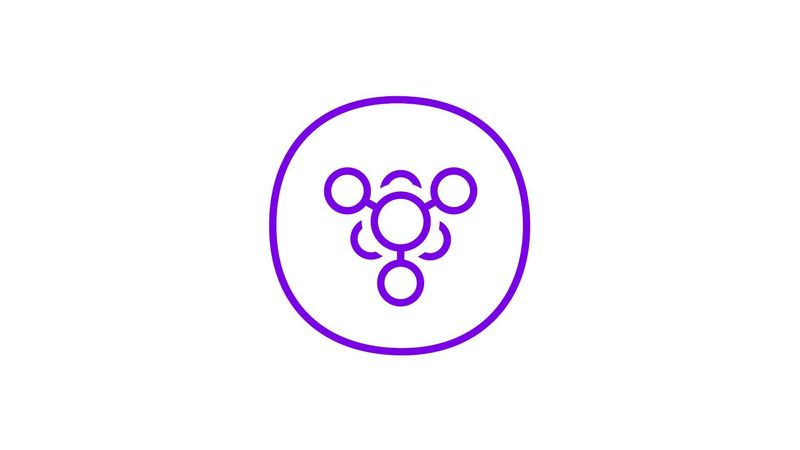
These advances are helping us pursue promising approaches in autoimmune diseases and neurological disorders, screening large panels of candidates virtually and refining their design in silico.
Sanofi is also tackling one of biologics' greatest challenges: oral delivery. "Oral biologics are considered a holy grail," Wendt explains. "With AI and machine learning, we're working to make these drugs more stable in the gut, which would mean increased convenience and accessibility for patients, and better efficacy for certain diseases."
When Innovation Becomes Personal
For Maria Wendt, this isn't just about molecules and data—it's deeply personal. Her husband David, a fellow scientist, battled stage 4 cancer with biologic drugs. They “melted the tumors” as their doctor said, but came with unpredictable side effects.
"If only we could have identified his risk for complications earlier," Wendt reflects. This experience fuels her passion to not only create powerful drugs, but to harness the power of AI to design ‘smarter’ ones that can predict and minimize side effects, potentially eliminating these sorts of risks altogether. "AI is hastening our R&D timelines, but we have higher expectations: to break the boundaries of what we know about disease biology and the capabilities of our molecules."
AI and the Language of mRNA Vaccines
AI is also advancing mRNA vaccine design, helping scientists navigate a nearly infinite number of possible sequences to select those with the best potential.
"There are more possible mRNA sequences for a single protein than atoms in the universe," explains Fernando Ulloa Montoya, Head of Data and Computational Sciences at Sanofi's mRNA Center of Excellence. "AI helps us find the perfect 'words' in this vast molecular language."
Sanofi is building AI tools that are to mRNA what ChatGPT is to human language. Imagine an AI that can "speak" the language of life itself, designing vaccines that are more effective and easier to produce than ever before.
"This is more than innovation—it's a revolution," says Ulloa Montoya. "We're not just accelerating research; we're redefining what's possible in medicine."
AI helps optimize both vaccine efficacy and manufacturing efficiency and can even predict human responses to vaccines by analyzing early biological signals after vaccination.
Building the AI Toolkit
Sanofi isn’t just adopting or building on AI platforms, we are creating it with in-house platforms such as:
- CodonBERT: A large language model for mRNA, trained on millions of sequences. "CodonBERT is very exciting, as it is to mRNA what ChatGPT is to words," says Ulloa Montoya. We have also built mRNA-LM; which is the extension of the model to full length mRNA sequences.
- RiboNN: A deep learning model that predicts how efficiently ribosomes will translate an mRNA sequence into a protein.
Behind all this innovation is a massive investment in both the quantity and quality of data. "Building AI models requires investment in designing the right experiments and data generation up front, because we must generate more and often different types of data that we’d need to run a normal experiment,” explains Ulloa Montoya. “Another important aspect is building teams with the multi-disciplinary expertise and data infrastructure to ensure the appropriate data is generated and available to build AI models.”
Empowered by AI
As the first biopharma company powered by AI at scale, Sanofi is reimagining and redesigning its processes to significantly reduce the time from initial discovery to commercialization of treatments and vaccines. By empowering our scientists with AI-driven insights, we're pushing scientific boundaries, transforming weeks of research into hours, and ensuring faster delivery of life-changing treatments to patients.
"Sanofi is using AI across the R&D value chain, with a remarkable level of activity, investment and belief," said Wendt. "There's a beautiful energy on the ground with our scientists, and we believe we are in position to really compete and lead in this space for our patients. This is the time."
Your Invitation to the Future of Medicine
As we stand on the brink of this new era, possibilities are boundless. Diseases once thought untreatable may soon be treated. Preventative medicines that once seemed like science fiction are becoming reality. And at the heart of it all is the powerful combination of human ingenuity and artificial intelligence.
Stay tuned for the next installment in our series, where we'll explore how AI is revolutionizing the journey from lab to patient. We'll uncover how predictive models and digital biomarkers are reshaping clinical trials and bringing safer, more effective medicines and vaccines to patients faster than ever before.
Explore More

How Are Digital and AI Supporting Our Value Chain?

Artificial Intelligence in R&D

Digital “Twinning”: Clinical Trials Powered by AI
References
1. Wu, L., Seung, E., Xu, L. et al. Trispecific antibodies enhance the therapeutic efficacy of tumor-directed T cells through T cell receptor co-stimulation. Nat Cancer 1, 86–98 (2020). 2. Garfall, A., & June, C. Trispecific antibodies offer a third way forward for anticancer immunotherapy. Nature 575, 450-451 (2019).
3. Yao Y, Hu Y, Wang F. Trispecific antibodies for cancer immunotherapy. Immunology 169(4): 389–399 (2023).
4. Xu, L., Pegu, A., Rao, E. Trispecific broadly neutralizing HIV antibodies mediate potent SHIV protection in macaques. Science 358, 85-90 (2017).
